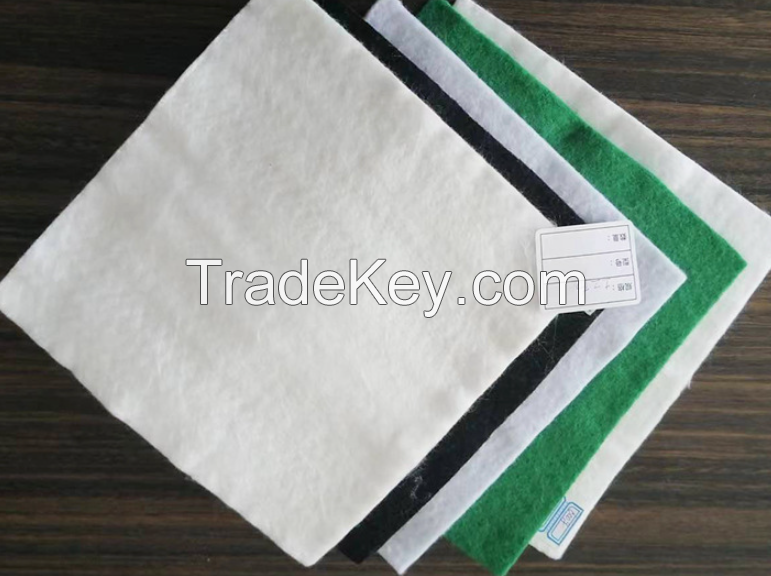
FOB Price
Obtenir le dernier prix0.1 ~ 0.2 / Square Meter
|Minimum Order
Localit�:
-
Prix de commande minimale:
Commande minimale:
1 Square Meter
Packaging Detail:
box
Delivery Time:
within 7 days
Supplying Ability:
10000000 Square Meter per Month
Payment Type:
D/P, D/A, L/C, T/T, Western Union, Money Gram, PayPal
Personne à contacter Ms. zhang
NO22North Industrial Park, Hengshui, Hebei